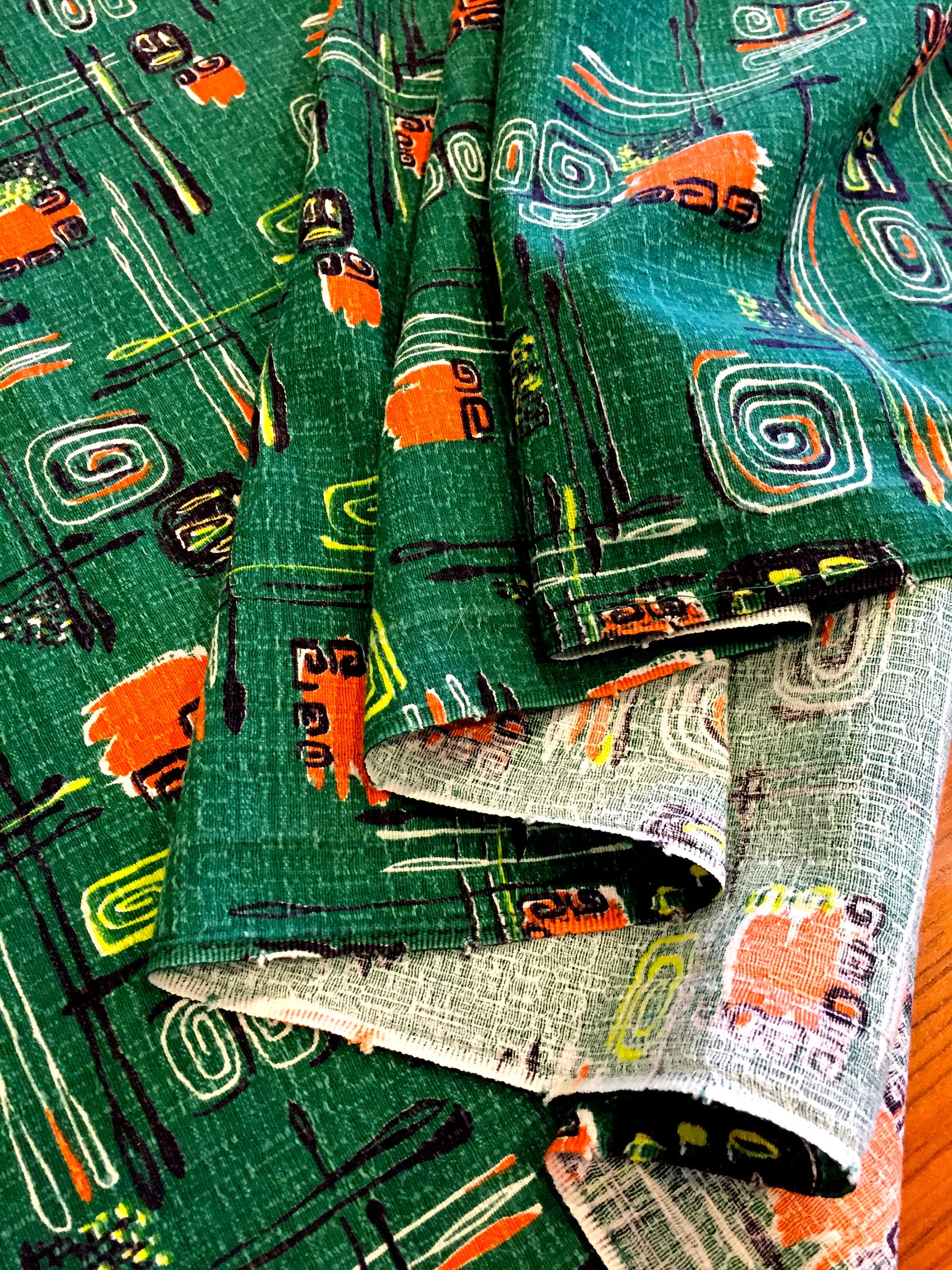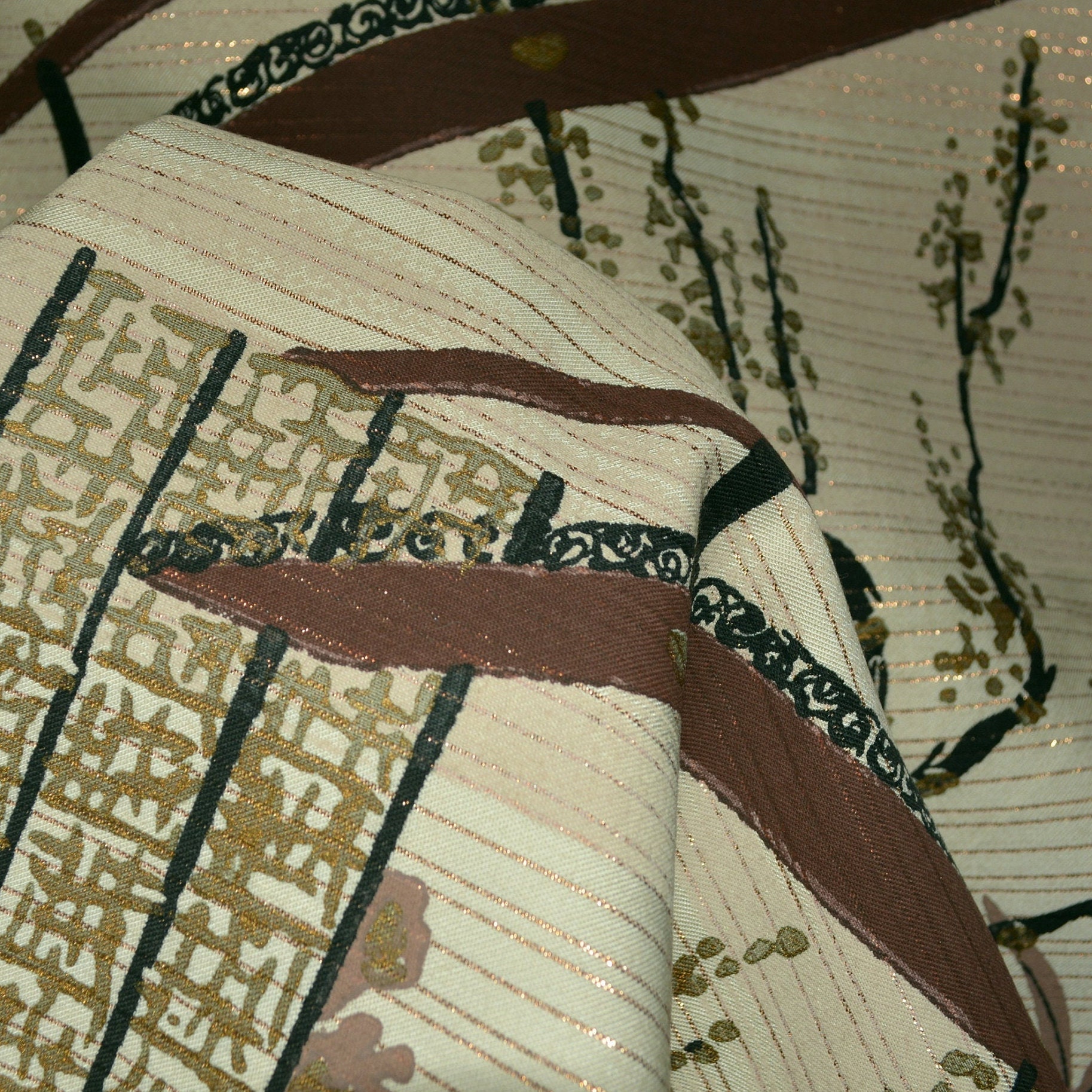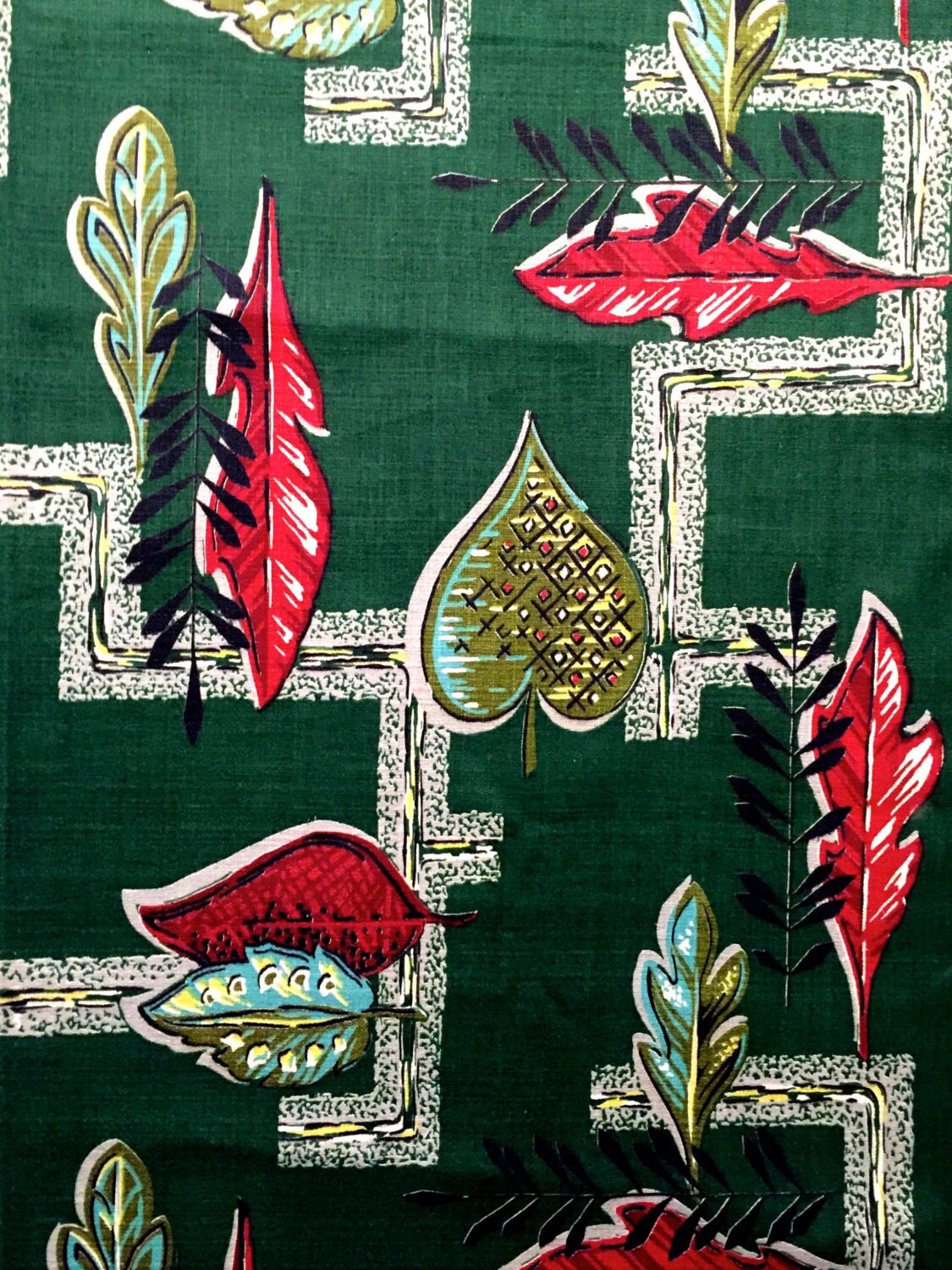
Introduction
Mid-century design is known for its iconic furniture and architecture, but it also had a significant impact on the world of textiles and color trends. During the mid-20th century, textile designers explored new techniques and materials, creating fabrics that reflected the era's optimistic and modern spirit. This article will delve into the fascinating world of mid-century fabric and color trends, exploring the key influences and innovations of the time.
The Influence of Modernism

One of the key factors that shaped mid-century fabric and color trends was the rise of modernism. Modernist designers sought to break away from traditional styles and embrace new materials and technologies. This shift towards minimalism and functionality influenced fabric design as well.
Textile designers embraced clean lines, geometric patterns, and simple motifs in their creations. The emphasis was on simplicity and clarity, with fabrics often featuring abstract patterns and bold colors. This departure from ornate and intricate designs of the past was a defining characteristic of mid-century textiles.
New Materials and Techniques

The mid-century period also saw the development of new materials and techniques that revolutionized fabric design. Synthetic fibers such as nylon, rayon, and polyester became widely available, offering durability and versatility. These materials allowed for the creation of fabrics with vibrant colors and unique textures.
Screen printing, a technique that involves applying ink onto fabric through a mesh screen, gained popularity during this time. It allowed for precise and repeatable patterns, making it ideal for mass production. Screen printing played a crucial role in the creation of mid-century fabrics with bold, graphic designs.
Color Trends of the Mid-Century

Color played a vital role in mid-century textile design, reflecting the optimism and exuberance of the era. The following are some of the prominent color trends of the mid-century:
- Pastels: Soft hues such as mint green, baby blue, and pale pink were popular during the mid-century. These colors added a touch of delicacy and elegance to fabrics, often paired with neutral tones.
- Bold Primary Colors: The mid-century also saw a resurgence of bold primary colors like red, yellow, and blue. These vibrant shades were used to create eye-catching patterns and designs, reflecting the era's enthusiasm for a new and modern world.
- Nature-inspired Palettes: Earthy tones and nature-inspired palettes were also prevalent in mid-century fabrics. Olive green, mustard yellow, and burnt orange were often used to create warm and inviting designs that brought the outdoors inside.
Iconic Mid-Century Textile Designers

Several influential textile designers emerged during the mid-century, leaving a lasting impact on the industry. Here are a few notable figures:
| Designer | Signature Style |
|---|---|
| Alexander Girard | Girard was known for his bold and playful patterns, often incorporating folk art motifs into his designs. He created fabrics for Herman Miller and other prominent furniture manufacturers. |
| Lucienne Day | Day was a British textile designer who embraced abstract and geometric patterns. Her vibrant designs were influential in bringing modernist aesthetics to the masses. |
| Elsie de Wolfe | De Wolfe was a prominent interior decorator and designer who also ventured into textile design. Her fabrics featured elegant and timeless patterns, often inspired by historical motifs. |
The Enduring Legacy of Mid-Century Textiles

The impact of mid-century fabric and color trends can still be seen today. Many of the iconic designs and color palettes continue to inspire contemporary textile designers. The clean lines, bold patterns, and vibrant colors of mid-century fabrics have become timeless classics that add a touch of retro charm to modern interiors.
Additionally, the use of innovative materials and techniques pioneered during the mid-century period has paved the way for further advancements in fabric design. The introduction of synthetic fibers and screen printing revolutionized the industry, allowing for greater creativity and accessibility.
Summary
Mid-century fabric and color trends were heavily influenced by modernism and the desire for simplicity and functionality. New materials and techniques, such as synthetic fibers and screen printing, allowed for the creation of bold and vibrant fabrics. Color trends ranged from soft pastels to bold primary colors and nature-inspired palettes. Iconic designers like Alexander Girard, Lucienne Day, and Elsie de Wolfe left a lasting impact on the industry with their unique styles. Today, mid-century textiles continue to be celebrated for their timeless appeal and their role in shaping the world of design.